

Posted: April 9, 2020
Following CAT's latest Ice Driving adventure in Sweden, we thought it was time to share our experiences & why Ice Driving is off the scale fun, whilst advancing your car control skills.
If you are interested in going Ice Driving, you might wonder which provider to choose, the tyres you might drive on, the car control techniques you will gain/enhance, or perhaps like me, look to learn the Scandinavian Flick (my favourite take away).
Here is my guide. I hope you enjoy.
My life changed significantly when I went to work at Nissan. Working for a car manufacturer gave me a springboard into driving activities any petrolhead would relish: driving on the Nürburgring as a pool driver; and testing and evaluating vehicles on proving grounds and highways throughout the UK and Europe. Ultimately, being trained to deliver driver training professionally to engineers.
My first venture into driving in the frozen North was also in a professional capacity with Nissan. Manufacturers have many reasons to test in the snow and ice.
Cold Climate testing is the name given to the industry winter trips North. My first experience was vehicle and tyre evaluation across several Nordic countries, many landscapes, and of course lots of snow and ice.
Advanced driving techniques are put to the test, as is the need to plan trips with an eye on safety. Approaching weather and working as a team becomes a priority. This hands-on knowledge has proved invaluable for delivering our Cold Climate preparation courses - part of our motor industry suite of training courses.
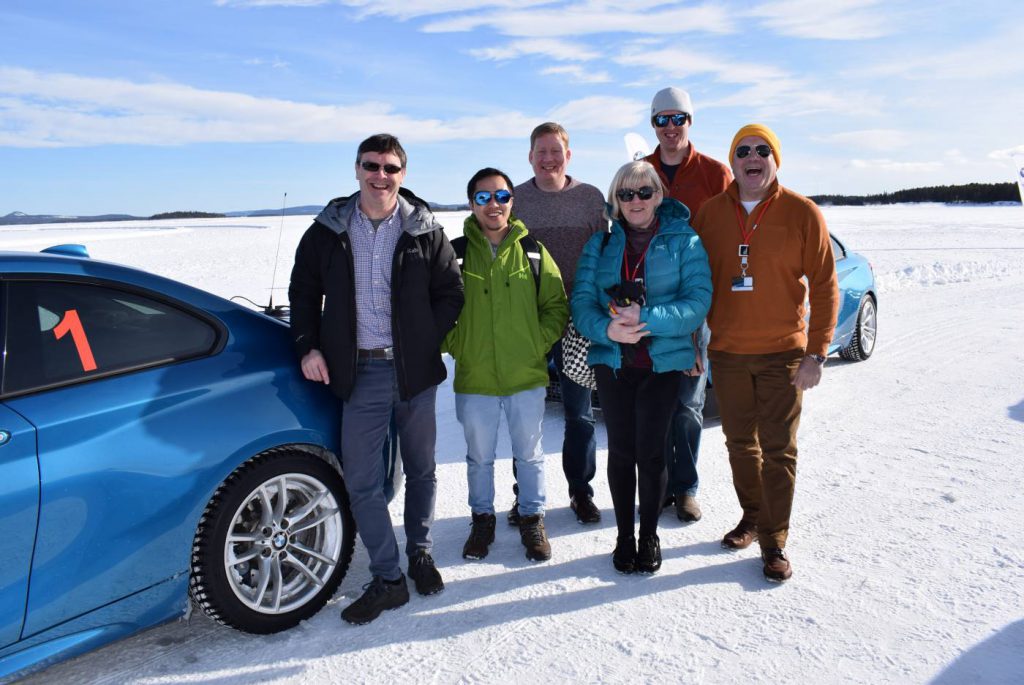
I have always regarded driving on snow and ice as fun and challenging, being paid to do it at the same time - what better way to enjoy yourself?
Only one problem - I left Nissan! My remunerated point of access now behind me, how could I continue with my new found winter diversion? You guessed it … ICE DRIVING!
Ice driving is off the scale fun. Escapism for car control enthusiasts.
When can you throw caution to the wind and drive your socks off, with little worry of hurting yourself, your car or someone else's? Exploring new techniques up to and beyond the envelope of grip goes with the territory.
What I’ve just written sounds irresponsible, a complete contrast to how I view the world of driving as a standard. Ice driving on frozen lakes is not reality – it is different. Gone are fellow road users, barriers, and gravel traps. Speeds and lateral loads are determined by the translucent surface and the tyres we drive on.
Unless driving on specific rally or ice racing tyres, when compared to tarmac, loads are always low on the G scale. Advancing your car control skills is inevitable - an opportunity to master and muscle memorize the art of over grip limit driving and car control.
The confines of the course are often soft snowbanks, ramped to encourage a soft landing. If driving vehicles unprepared for ice driving, try hard enough and you could remove a bumper or lose an exhaust silencer.
When the cars you're renting are prepared for the task, the highest risk is driving to the Ice facility from your hotel. Moose are huge and I mean huge!!
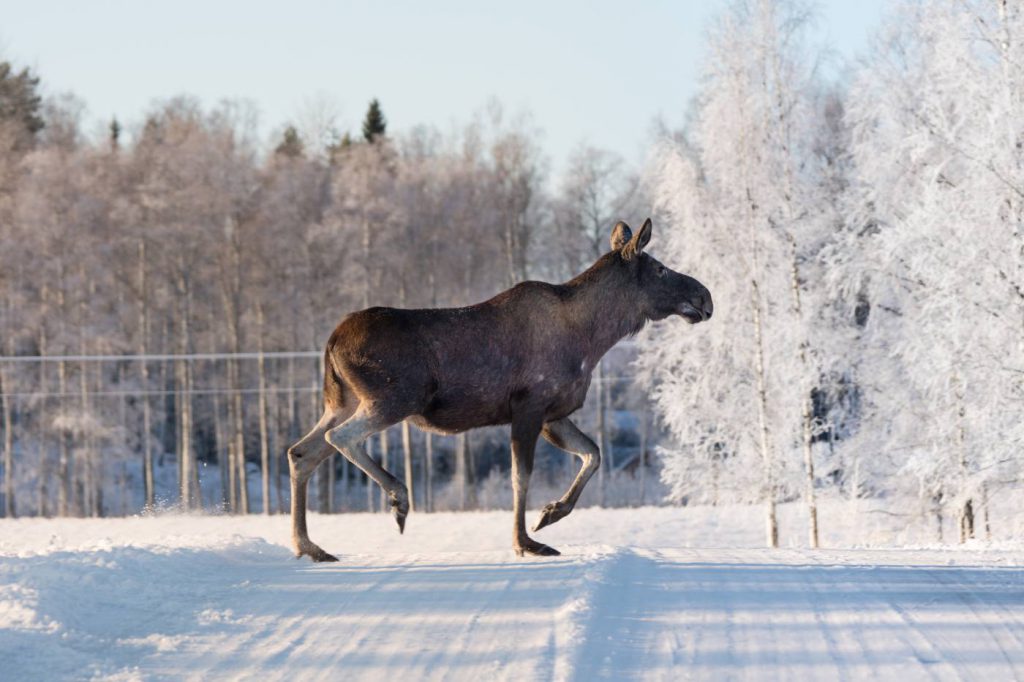
I’ll walk you through my first-hand experiences. Been before? Yours will inevitably be different to mine. Share with us on social media as it’s good to compare. Whatever your experience I hope you find my precis interesting.
The global subject of Climate Change means you’ll likely be aware the arctic is warming. This can affect the length of the ice driving season along with how far north you might need to travel. This to ensure you are not adversely affected by melting lake ice, especially if you have a plan to go towards the end of March, or April.
As a guide, the season can start as early as December and runs from January to late March.
Daylight can also be a consideration. Here’s an example of the sunrise and sunset times in Arjeplog, Sweden, where we recently returned from:
Venture further north into the Arctic Circle and the season can extend. Ice driving providers can and do run on terra firma - it’s not only frozen lakes that are used.
Millbrook’s own Test World at Ivalo in Finland is a unique example. An indoor and outdoor tyre testing facility available for use by the motor industry all year round. It’s an interesting facility.
The providers are many and varied with prices varying significantly. Packages to satisfy vehicle preference, time on the ice, driving objectives, and most importantly budget are offered.
Mention ice driving to a group of driving enthusiasts and price will often be quoted as a barrier to entry. My own experiences are at opposing ends of the cost spectrum - fair examples of what you can buy for your money. It’s never cheap, but can be more reasonable than you may think.
I’ll leave you to look at hotels and flights, as that is a personal choice and will vary considerably.
My own ice driving trips have always included enjoying the local environment - what’s on offer is a world apart from a winter’s day in Bedfordshire. My camera memory cards are imprinted with many happy memories of Husky sledding, snowmobiling, ice karting, ice fishing as well as walking.
Fish stew prepared on an open fire in -20C out in the wilderness is as strong a memory as the extreme driving. It can be a family holiday or an opportunity for a winter break.
Just realised the last paragraph could have been written by the Swedish Tourist Board! I’m not on commission! Relevant to the discussion though, a trip can be a holiday with ice driving added. Although still a cost, it’s diluted across a family activity.
It is highly likely you will fly into a hub airport such as Stockholm or Oslo and board a second flight to take you to your end destination. Alternatively, that second flight could also be a drive in a hire car for several hours.
It is not a difficult journey, just expect a long day’s travel. I have experienced arriving at Stockholm, to find our connecting flight has not been able to take off due to heavy snow. Memory tells me that was a 2 hour delay, arriving at our hotel around 22:00 hrs, having arrived at Heathrow that morning at 04:30 hrs.
If driving, it’s well worth getting acquainted with the rules and regulations of the countries you’re driving in and possibly through.
The AA offers a reliable source of information AA Driving in Europe. When driving through the dark hours or late into the night, make sure you know how to summon help from your hire company, should you break down.
It is also prudent to ensure your mobile phone is charged and in my experience network coverage is very good.
It can be a lonely place to drive, especially at night - you don’t see many vehicles once away from the towns. Heavy snow can be challenging, restricting vision to a metre or two. That said, it is all very safe and very beautiful - you just need to ensure you think about where you are and the potential risks.
If you have purchased a package, then you can relax. Transportation, flights, transfers, accommodation, all meals and daily transport to your ice driving venue will likely be provided for you.
This is a key question - the answer is two-fold. It will impact what and how you learn and potentially, your levels of enjoyment.
Conjure up a picture in your mind of the perfect ice drift …. Does it involve a high-speed corner, sideways vehicle with spinning rear wheels, snow plume projected skywards, armfuls of opposite lock, lots of white snow and a petrol blue sky? Yep me too, here's my picture!
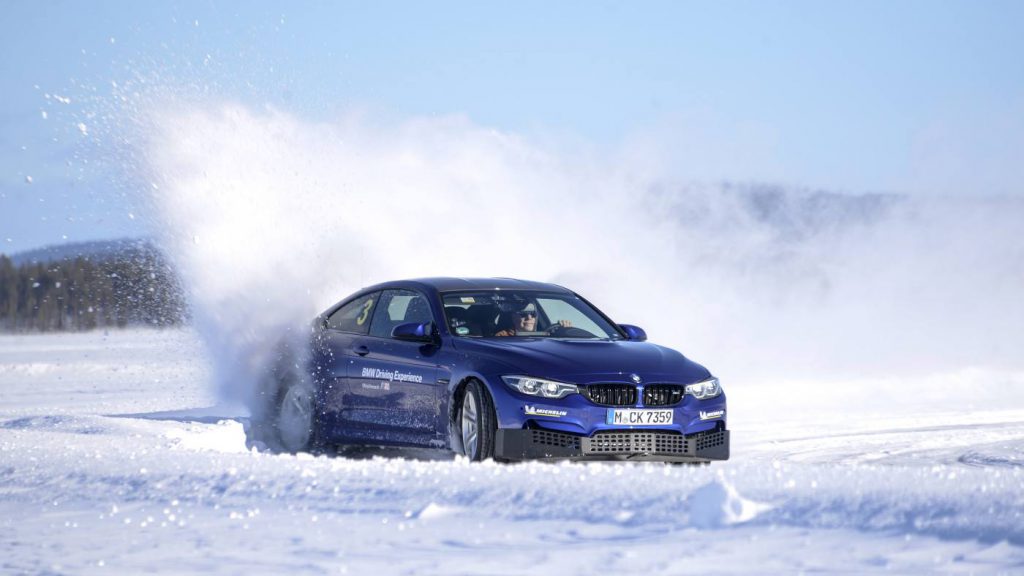
To create this action shot, studded tyres are your only option. Speeds are slower without studs - that snow plume won’t be aiming skywards.
So why go ice driving without them?
Driving on snow and ice on tyres without studs has given me the best possible learning experience.
The tyre will perform on fresh snow and compacted snow, offering a degree of feedback with limited, but almost reliable, lateral & longitudinal grip. It’s easy to lock wheels when braking - cornering requires delicate and persuasive adjustments of the controls to maintain cornering line without venturing too helplessly into understeer and oversteer.
If the venue has seen snow overnight, you’re fine. But as the sun rises and the snow melts, it will at some point refreeze - the tracks then become ice rinks. At this point, finding the apex and the optimum clipping point for the tyre becomes a life quest.
Adjustments in apex speed of + or - 2 MPH will determine whether you’re a Driving God or 10 metres off the tyres optimum target.
Have fun with your driving partner timing each other’s laps and the whole exercise becomes one of the most intense driving challenges you can experience. Along with uncontrollable laughter, giggling and an enthusiasm to “have another go”, it is a challenge that is hard to replicate.
On a practical note, if you have groups of drivers unfamiliar with driving in these conditions, it is an effective way to keep speed down, promote safety and reduce potential vehicle damage.
So, a big thumbs up from me for stud-less tyres - on the proviso that you have not been before, are very happy to optimise your car control learning curve and are not chasing speed.
If you’re aiming for higher speeds, big drifts and power slides - you need studs.
Ice driving providers often make a point in their marketing of promoting the studded option, so there must be something in it, and there is. A studded winter tyre will generate grip through the generation of slip angle, as does a tyre on tarmac, but also by the stud making a purchase on the ice and snow.
They are designed to give their optimum grip when braking and assistance when cornering.
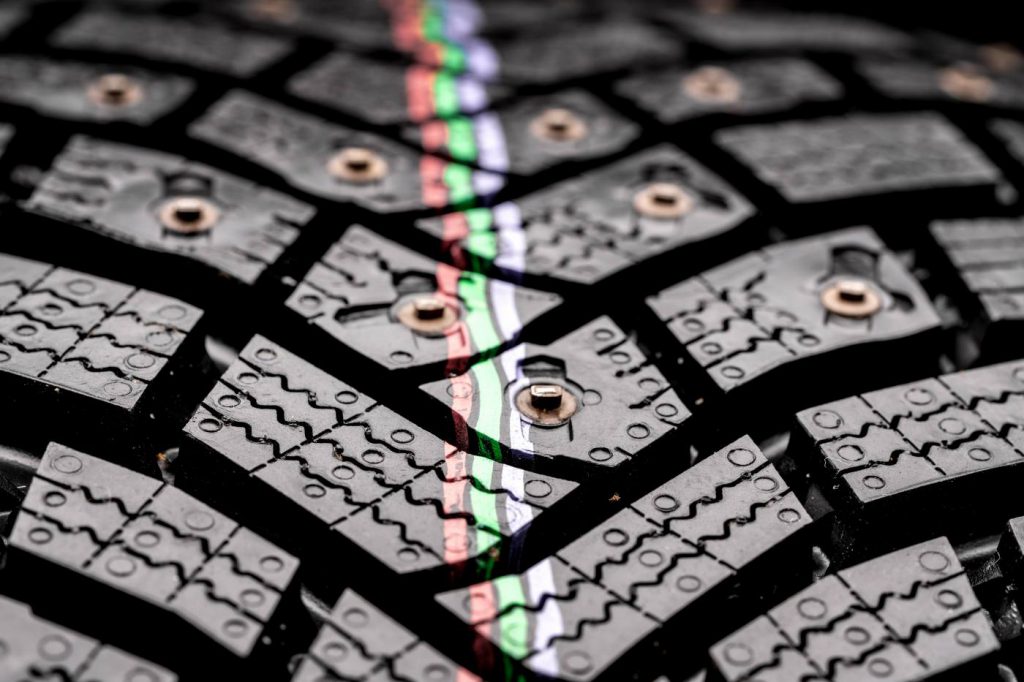
For ice drivers this equates to higher speeds and a much bigger influence through physical grip on where the vehicle points and drives.
Enter a new world of higher speed car control, vehicle manipulation and management. Your window of control before you’re heading for the snowbank or rotating backwards is wider.
In terms of time it’s longer - giving you more time to manage inputs. Speed can reduce this window, but that is down to you - it’s your foot on the throttle pedal.
Personally, I have learnt many things, here are just a few:
I firmly believe you never stop learning. In ice driving you can find new skills to learn and polish up existing ones.
If you’re not used to going sideways the list of new learning may be a long one. This far into the blog you can probably tell “I love ice driving”.
If you would like more information on winter tyres when driving at home, visit our blog on winter tyres here.
It’s not impossible to cause body damage with a brush against/into a snowbank.
If the banks defining the circuit are a metre high and established, they become very solid - more ice than snow. It’s also fair to say that you will make lots of mistakes and spin a lot.
Ice driving over enthusiastic cornering speed issue must also be factored in!!!! We all do it. Attack a corner way faster than you think possible? Why? Because you can!
It won’t take you long to realise it’s easy to spend your ice driving holiday marooned on a snowbank waiting to be dragged off. Common sense prevails eventually.
In my experience, whichever operator you sign up with, a degree of very light damage and brush marks against the snow will be expected. What they won’t accept is any deliberate or brain disengaged thoughtless driving.
If you drive with good intentions, you are very much left alone to enjoy yourself. The cars I have used have been prepared for the task. Sump guards and additional security to minimize damage underneath the vehicle.
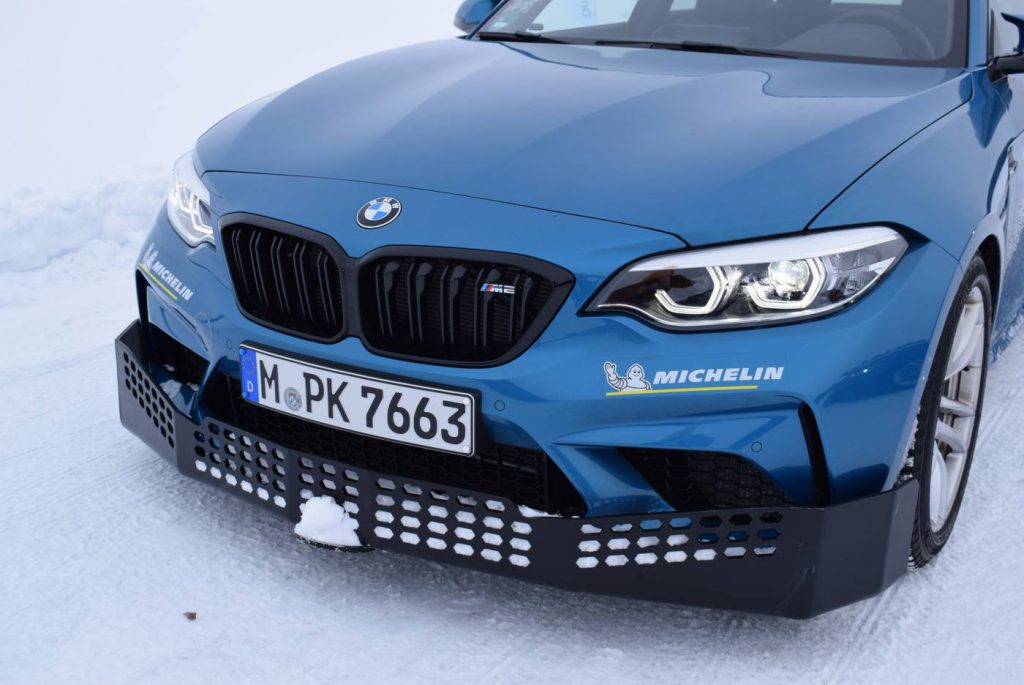
As with any contract, you should always understand the level of financial obligation you are signing for, and if it is capped. You will potentially sign terms and conditions that state you are liable for damage - if concerned ask questions before you sign. Ensure you are aware and accepting of the excess package you are signing up for.
Start digging down into the products on offer and you will find a large range to choose from.
The vehicle manufacturers have a strong presence, as do many smaller established specialists.
Walk through the arrivals lounge at Arvidsjaur Airport in Sweden - the advertising suggests you’re spoilt for choice. Volvo, Mercedes-Benz AMG, BMW, Volkswagen, European Speed Club, Audi and Lapland Ice Driving.
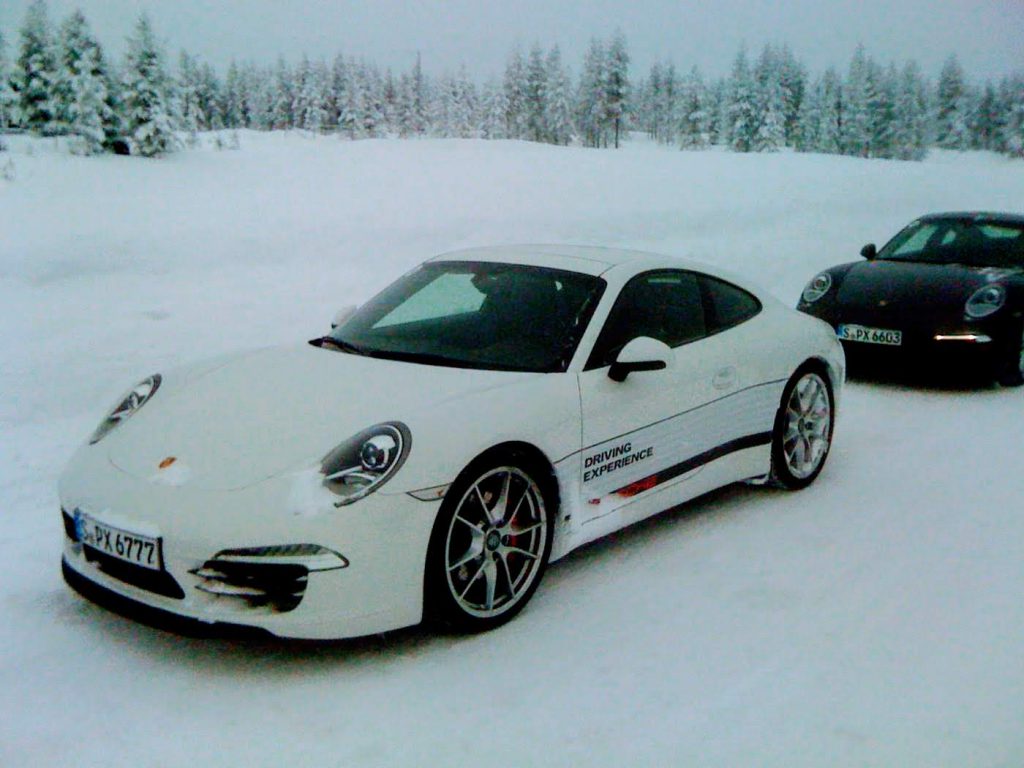
Norway, Finland and Sweden all have established providers - it’s a large market so where to start?
My own trips have included a trip to Finland with Porsche at their Camp 4 facility, a no-frills experience with Ice Drive Sweden, motor industry facilities and recently the BMW M Driving Experience in Sweden. Enough experience to feel confident to share my insights with you.
You really can spend significant sums of money chasing the Ice Driving Dream, but do you need to?
If budget allows, you can drive a range of supercars on ice. McLaren, Lamborghini, GT3s are all available - via the manufacturers themselves and independents.
Famous circuits such as the Nürburgring and Silverstone are replicated on ice. If money is no object, you're spoilt for choice.
What if my aspirations are more earthy?
You want to have fun but not trade a year of track days to achieve your goals? There is a solution: Ice Drive Sweden - set up to provide a cost-effective learning platform for the Rally fraternity. Without question great value for money and lots of time on the ice - it’s no frills and functional.
My time with Pat Flynn who has since passed away, learning how to Scandinavian flick was invaluable. Son Conor Flynn now keeps the family flag flying.
Being in Scandinavia and surrounded by snow and ice, it’s not hard to find Group N and beyond rally car experiences. Popular with drivers looking to advance their competitive driving, tyre options include spiked rally specific tyres and significantly higher speeds.
I’ve not tried this myself apart from 5 passenger laps in a BMW ice racer on spiked tyres. It’s impressive, especially at the hands of a Swedish rally driver, way more G and as you’d expect, very sideways. Examples:
My most recent experience was with BMW M Driving Experience.
I’m very grateful to have been invited to attend with clients. Three days on the ice, driving a combination of M2 and M4 Competitions. Mechanically prepared to offer maximum enjoyment, the M fleet have inward and outward facing high definition cameras, with a simple memory stick download.
Full underbody protective steel guards running from front to rear, so no exposed fuel lines or exhaust systems to be disturbed when pulled backwards off snowbanks. A neat front guard protecting the front splitter and valance, and studded tyres.
In-car time is divided equally between the 2 variants. The shorter M2 more eager to change direction and transitional drift. Less accommodating if you’re behind or lazy with your steering inputs, or over-enthusiastic on the throttle pedal, compared to the longer M4.
Both are made for the task; they just get there in different ways.
The safety briefings are concise and informative, as are the discussions and short presentations on tyre types.
What made the time on ice additionally rewarding was our instructor Per Johansson. With a history of rally driving and professional sport, his association with the motor industry in both vehicle and tyre development made for interesting and enlightening discussions, both in-car and over dinner. His instruction always enthusiastically delivered and willingly shared – he is a great guy to spend time with.
I have included films that will give you a flavour of what to expect and the fun you can have. I’ll let the films do the talking.
Time in car can be a red herring when deciding who to book with.
My experience with Porsche was a great one - a new Carrera 4s for three days on dedicated circuits. Two drivers per car, with 6 cars per group.
There were many circuits - some of which were narrow and long but only safe for one car on circuit at a time. You waited in turn as each car took their turn, vacating the circuit before you could go.
If all 5 cars in front of you went off, you had a long wait while they were recovered before you could enjoy your turn.
We worked out our accumulated driving time at the airport waiting to fly home. Over the three day period, I drove for under 2 hours in total on the circuits.
Not an issue when you’re in the thick of it - you’re having fun. On reflection though, perhaps not what I expected. Well worth raising the question before booking, especially if comparing the options: what is the exact amount of driving time and the logistics of how your time on the ice is run?
In complete contrast, the BMW package gave us each over seven and a half hours of driving time on very large and open circuits. You were encouraged to be in car and driving throughout the days on the ice – in our case Friday afternoon, Saturday, Sunday and Monday morning.
The quality of instruction can often be down to your instructor on the day and will vary significantly. The more engaging and knowledgeable they are, the more you learn.
When you get around the dinner table at night and compare notes, a great instructor can really make a good experience into an amazing one.
Share your aims and objectives with your instructor. In my experience, if you ask for help and guidance, they are pleased to respond positively.
Instructors are often multi-lingual receiving guests from across Europe. Different nationalities behave in different ways, so be clear on what you are planning to achieve.
If your objective is to simply have fun - this is almost guaranteed. Want to learn more or perhaps a specific skill - ask them.
The circuit quality is reliant on the skills of the ground staff to prepare the surfaces at the end of each day. If driving on a frozen lake, they can drill the ice to allow water to rise up onto the ice which then refreezes overnight, leaving a pristine surface the next day.
The grading of fresh snow and the regrading of rutted ice all go to making the experience more enjoyable.
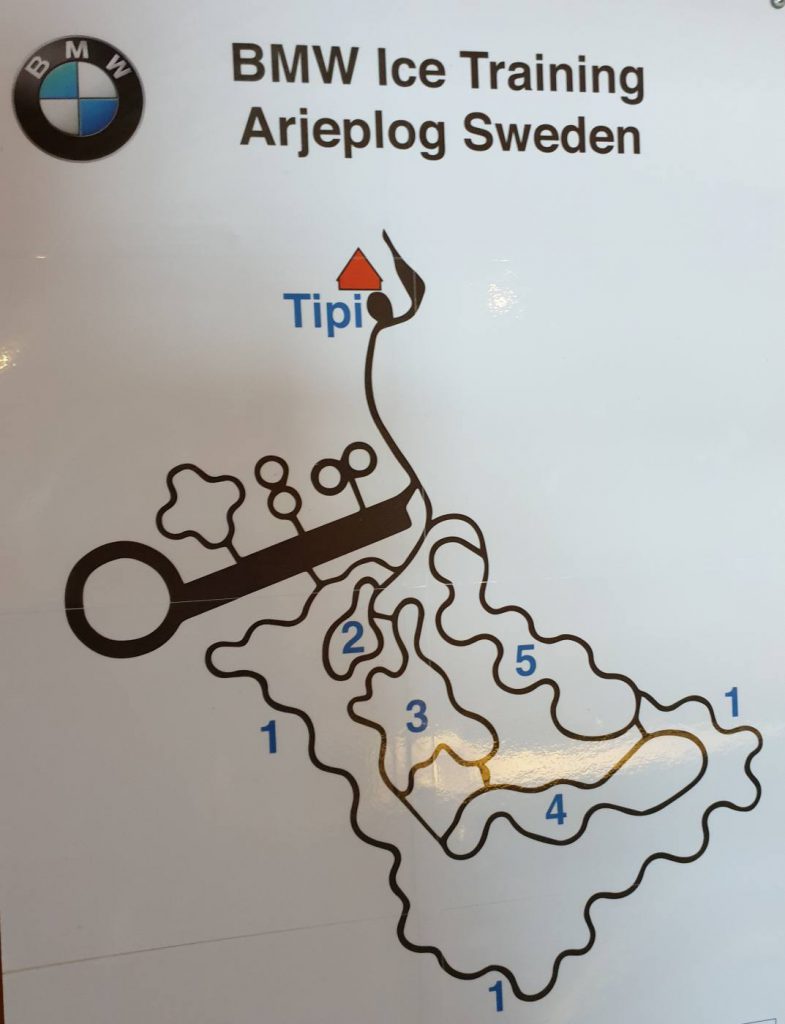
It’s surprising in a day how tired a circuit can look. Cars fall off and spin into the snow borders regularly, presenting the corners as undefined.
The studded tyres are like routing machines chewing up the snow and ice, creating deep channels in the surface.
An enquiry before booking on the operator's daily circuit preparations may allay any concerns: how often are the circuits regraded?; what is their policy?
Sunglasses are at the top of the list
In bright sunlight, it can be difficult to determine where the circuit goes. The circuit boundaries mingle with the snowbanks - the glare can be extreme as the light reflects off the snow. I find myself wearing my sunglasses until the sun goes down.
Light layers for driving
Once driving, just like a track day, you get warm and perspire. It can be hard work, especially when you’re getting to grips with the techniques.
It can look like your fighting an octopus behind the wheel. Inputs become more considered, the more time you spend on the ice. So not too many layers for driving.
Cold Feet - Warm Hands
My first visit I made the mistake of wearing race boots - great for feeling the pedals. But, with zero insulation, any time spent out of the car and your feet get so cold, you can’t feel the pedals anymore, defeating the objective of wearing them!
Take a pair of insulated shoes to leave in the boot for when you’re having lunch and taking a break.
Thermals and quality footwear
If you’re planning on outdoor activities other than ice driving, you will need all the normal thermal underlayers and quality footwear.
If booking Husky sledding, the organiser in my experience provides you with the necessary thermal suits and gloves. Make sure you ask when booking.
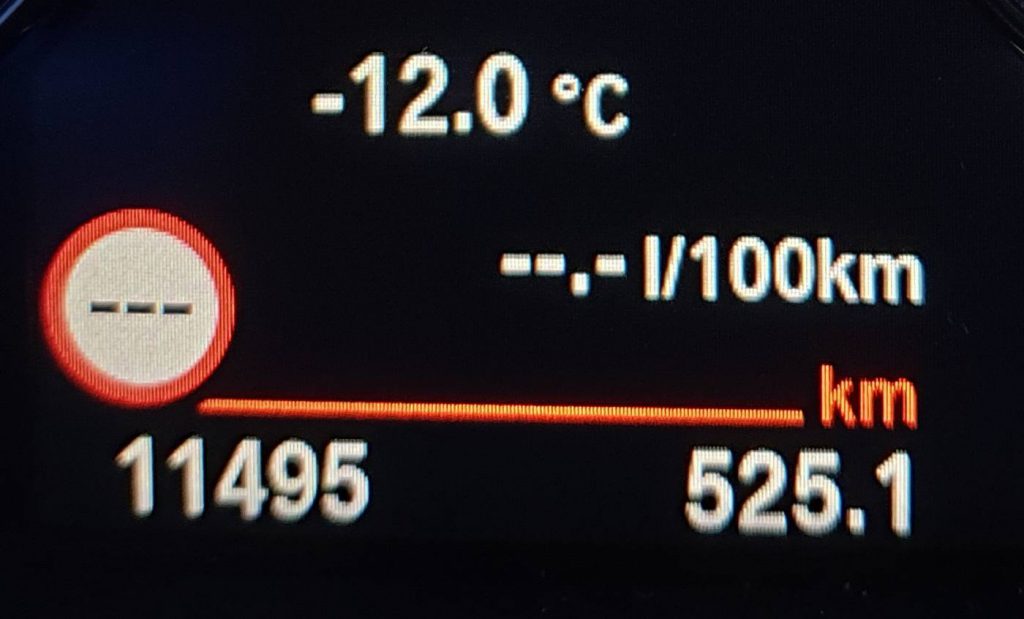
If driving, be aware Scandinavia has much stricter rules on drink driving. There are strict fines and prison sentences if you flaunt the rules.
Best to leave well alone. We have also found if you’re self-catering, many shops close on Sundays. In the quieter villages, fuel stations can also close on Sundays.
Payment for fuel is also card only at the pump. The watchword if staying over a weekend is to check Sunday trading hours.
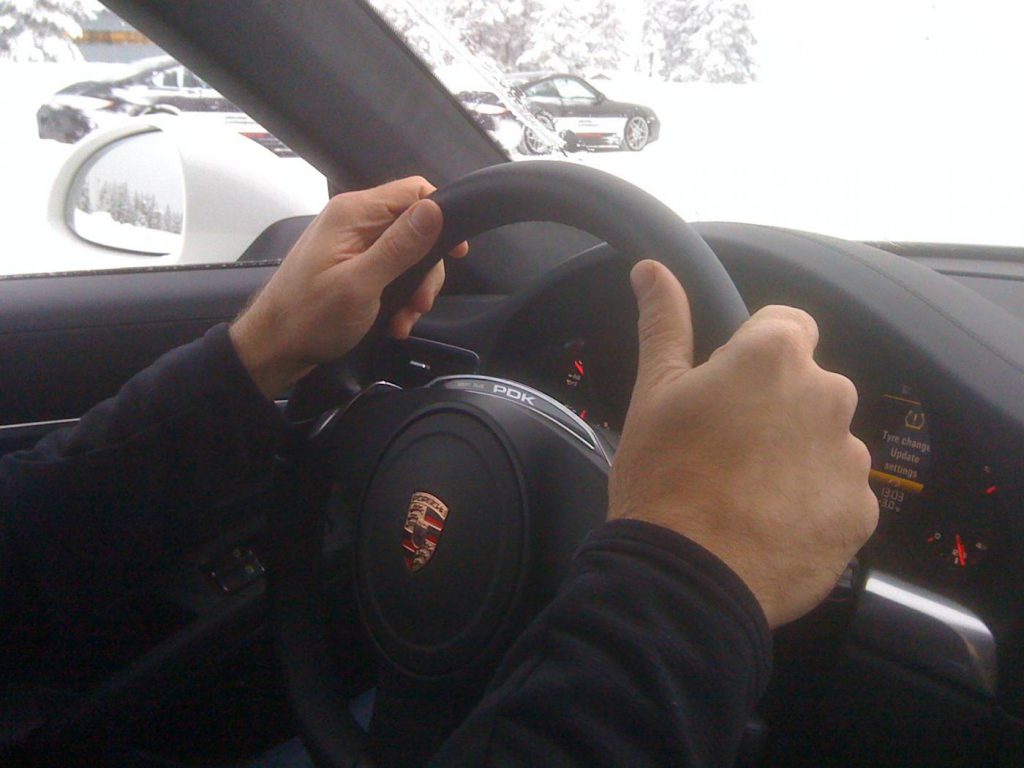
I hope you have found this blog enlightening and useful, it’s all based upon my own experiences.
When I consider the subject of advanced car control, I never end up in one place. I often say to clients how can simply pushing pedals, moving levers and steering a wheel be so diverse? The variety of activities available to driving enthusiasts to advance our car controls skills is diverse and global.
Ice driving for me is a very efficient, exciting and fun way to develop our car control skills and achieve driving goals.
I heartily recommend the experience - my enjoyment marker is summarised by my reluctance to leave. Sitting on the plane flying home, I always wish I could stay for another day.
If you book an Ice Driving trip, let me know how you get on and enjoy your time on the ice.
Colin
Call: 01234 757 633
Email: info@catdrivertraining.co.uk
CAT Driver Training is the fast way to develop & improve authentic dynamic driving skill, technique & knowledge from the Best. OEM recognised driver training for individuals & the motor industry. As the leading UK based independent advanced performance driving skills company, we exist to make your driving experience even better. Explore your cars potential, fulfill your own. Coaching advanced road & track skills, safety driver training courses for individual driving enthusiasts & advanced driving for all facets of the motor industry. The only training company resident within UTAC's Millbrook Proving Ground in Bedfordshire, within easy reach of London, & all surrounding counties: Hertfordshire; Buckinghamshire; Oxfordshire; Nottinghamshire; Cambridgeshire; Norfolk; Suffolk; Essex; & Surrey. Clients travel from the World over & the UK to learn from the authentic evidence based dynamic driving & vehicle dynamic experts. | All Rights Reserved | Copyright 2005 – 2025
Some of the links we use are affiliate links. This means that, at no cost to you, CAT will earn an affiliate commission if you click through the link and finalise a purchase.
Designed by WHP
Coded and built by Prominent Media